Learn about nature photography and its effects on your emotions.
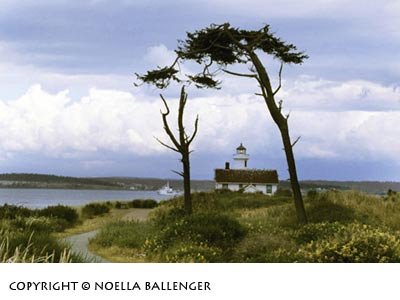
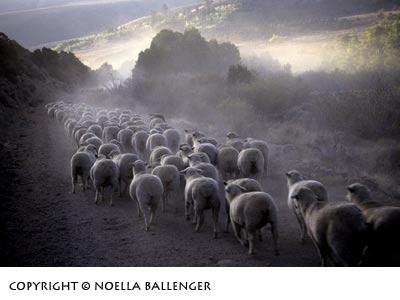
Imagine covering your mouth and nose with your hand and breathing through a straw. Which image would be easier to look at … one with lots of sky, air to breath and perhaps even a sea breeze or one, like the sheep image, with lots of dust in the air to make breathing more difficult? This was the problem in the medical ward with cancer patients that featured fish. Images and art work need to be appropriate in medical facilities.
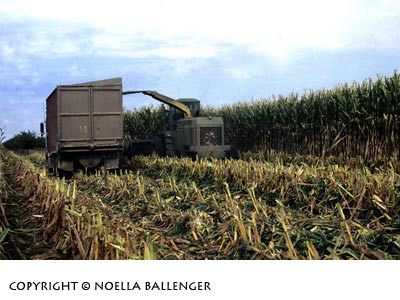
“As much a part of Kern County scenery as the products of agriculture are the tools of agriculture. This green chopper is used in harvesting corn and can be found working diligently in the fields or slowing the flow of traffic on our roads. Nothing takes you back to the good old days faster than seeing a long line of sleek, modern cars held up by the slow, methodical progress of a corn or cotton harvester making its way from field to field on a rural road” (Ming Medical Center)
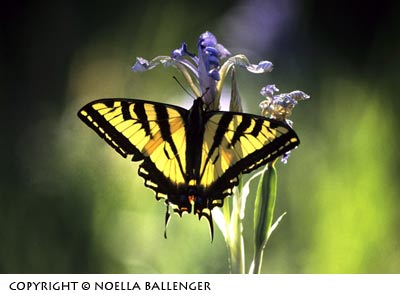
Tiger Swallowtail (Papilio glaucus)
“The Tiger Swallowtail is a part of the Papiliondidae family of butterflies, which includes some of the biggest and most beautiful butterflies in the world. You can recognize the Swallowtail by the velvety black stripes on its yellow wings. Before it becomes a butterfly, the Swallowtail is a green caterpillar with bright yellow and black spots. The caterpillar’s favorite foods are the tulip, wild cherry and cottonwood trees.” (Ming Medical Center)
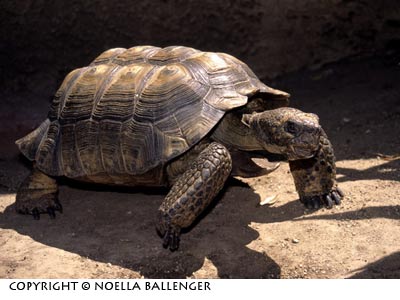
Desert Tortoise (Gopherus agassizi)
“California’s state reptile, the Desert Tortoise, is a survivor from the Age of Dinosaurs. The Tortoise is known to live more than 80 years, far outpacing the life expectancy of most other desert reptiles. The Desert Tortoise measures from 9 to 14 inches in length, making it the largest reptile in the California desert. It has a domed shell, round and stumpy rear legs, and flat front legs for digging.”
“Desert Tortoises live in arid, sandy or gravelly locations with creosote bushes, saltbush and cacti. As protection from extreme heat and cold, tortoises dig burrows. During the winter they hibernate in their burrows.”
In 1989, the Desert Tortoise was named an endangered species, making it illegal to capture or even handle a wild Desert tortoise.” (Ming Medical Center)
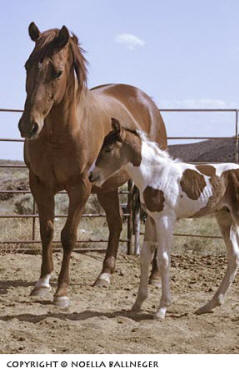
“Millions of years ago, Marychippus, a three-foot tall ancestor of the horse, roamed this area. As the area changed through earthquakes, volcanoes and ice ages, Marychippus moved out of this region. The Spanish are credited for reintroducing the horse to California. Since then, the horse has been man’s transportation, working companion and source of pleasure in Kern County.”
“This photograph was taken only hours after the birth of the colt. Shortly after its birth, it was running and playing. Then, just like most new mammal babies, it would nurse from its mother and lie down to take a short nap.” (Ming Medical Center)
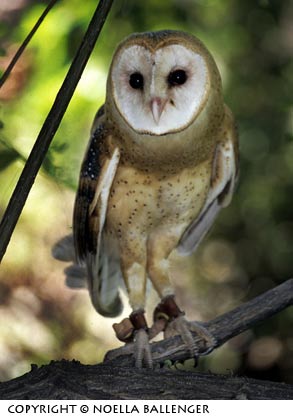
Barn Owl (Tyto alba)
“Its unique coloring and unusual sounds can identify the Barn Owl. Its heart-shaped white face is ringed with tan and its back is light tan with pearl gray streaks. Unlike members of the hoot owl family, it doesn’t hoot. When threatened, the Barn Owl makes a loud, rasping hiss and a clicking sound by snapping its beak. The Barn Owl hunts in the woods, on farmland or in brush-covered areas for small rodents. Like other birds of prey, it has razor sharp talons for catching its food and a curved, pointed beak for tearing it apart! This Barn Owl can never be released in to the wild so it lives at the California Living Museum (CALM) in Bakersfield, where it is used in educational presentations.” (Ming Medical Center)
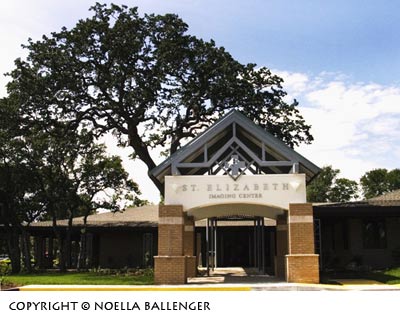
This is the entrance to St. Elizabeth Imaging Center in Red Bluff, California. The facility is located in a “park-like” setting with large California Oak trees around it.
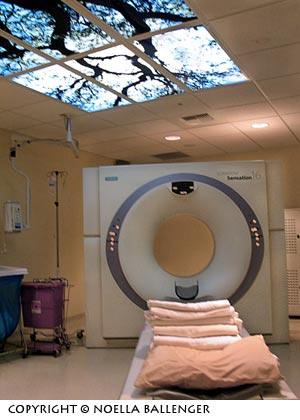
In one of the treatment areas at St Elizabeth Imaging Center, a large backlit image looking up through the branches of an oak tree gives the feeling of an open skylight. It is one way of bringing nature from the outdoors inside to the patient and staff.
by Noella Ballenger

Leave a Reply